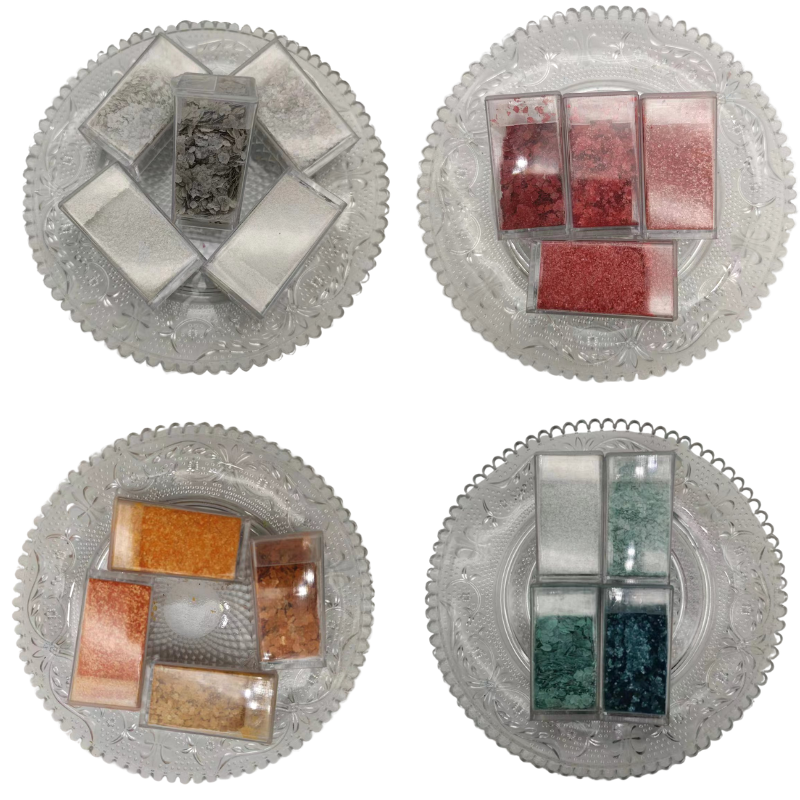
use of hydrated lime in water treatment
The Use of Hydrated Lime in Water Treatment
Hydrated lime, chemically known as calcium hydroxide (Ca(OH)₂), is a versatile compound that plays a pivotal role in water treatment processes. Its applications span across drinking water purification, wastewater treatment, and the removal of impurities from industrial effluents. The use of hydrated lime in water treatment is primarily attributed to its cost-effectiveness, availability, and effectiveness in enhancing water quality.
One of the primary functionalities of hydrated lime is its ability to raise the pH of water. Many water sources possess acidic properties, which can lead to the leaching of harmful metals such as lead and copper from pipes. By adding hydrated lime to such water sources, the pH can be adjusted to a more neutral level, thus reducing the solubility of these metals and improving overall water quality. This process not only mitigates health risks associated with heavy metal consumption but also enhances the taste and clarity of drinking water.
In addition to pH adjustment, hydrated lime acts as a flocculating agent in the removal of suspended solids. When introduced to water, hydrated lime reacts with carbonates and other impurities, forming larger particles known as flocs. These flocs can then be easily removed through sedimentation and filtration processes. The efficient removal of suspended solids helps in reducing turbidity, thus ensuring cleaner and clearer water.
use of hydrated lime in water treatment

Moreover, hydrated lime is effective in disinfection. While it is not a primary disinfectant like chlorine, it contributes to the disinfection process by creating a less hospitable environment for pathogens. The increase in pH can inactivate certain bacteria and viruses, thereby enhancing the microbial quality of the water. This has made hydrated lime a valuable component in both drinking water treatment and the treatment of wastewater, where controlling microbial populations is crucial for environmental and public health.
The benefits of using hydrated lime in water treatment extend beyond health and safety. The handling and storage of hydrated lime are relatively simple, and its integration into existing water treatment frameworks is straightforward. This ease of use, combined with its affordability, makes hydrated lime an attractive choice for municipalities and industries alike.
Environmental sustainability is another aspect to consider. The use of hydrated lime can reduce the reliance on more harmful chemicals and processes, aligning with modern practices that prioritize eco-friendly solutions. Furthermore, the calcium by-products resulting from lime's reaction with impurities can sometimes be repurposed, contributing to a circular economy.
In conclusion, the use of hydrated lime in water treatment is a multifaceted approach that enhances water quality through pH adjustment, sedimentation, and disinfection. Its affordability, ease of use, and environmental benefits make it a valuable asset in the quest for cleaner, safer water. As the demand for effective water treatment solutions rises globally, the role of hydrated lime is likely to grow, reflecting its importance in both public health and environmental stewardship.
Share
-
Vermiculite Wholesale – Premium Quality, Bulk Supply & Competitive PricingNewsJun.10,2025
-
Premium Glass Pebbles Custom Glass Pebbles Factory & OEM Manufacturer Reliable Custom Glass Pebbles FactoriesNewsJun.10,2025
-
Expert Custom Zeolite Producers Manufacturers & FactoriesNewsJun.10,2025
-
Custom Glow in the Dark Beads High-Quality Custom ManufacturersNewsJun.10,2025
-
China Ceramsite Balls Factory - Lightweight & Durable Media Solutions ManufacturerNewsJun.09,2025
-
Custom Matte Mica Powder Manufacturers High Quality & AffordableNewsJun.09,2025






